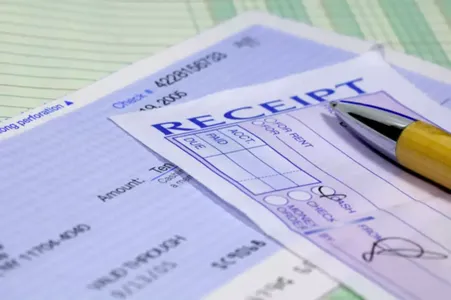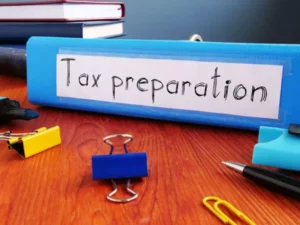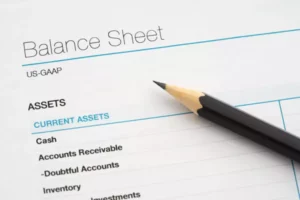Overview
A receipt is typically issued by a business or private individual as a confirmation that the seller received the payment. In a typical scenario, your receipt is generated by a special system and either printed or provided to the customer in an electronic way, but this is not always the case.
At the same time, your customers might request a receipt as proof of the fact that you received the money either for their personal record, for their employer to receive reimbursement, or for any other reason. You might also want to keep Thus, it is good to know how to write a receipt if you are selling something, but do not have a system that will automatically generate you one.
The sellers, fortunately, do not have to go out and purchase an expensive machine or pay for a special program to make a receipt look a specific way and be valid. Nonetheless, some basics should still be present on the receipt you issue. In a nutshell, if the document indicates what was sold, how much was paid, the purchase price, and the date, it qualifies as a legitimate confirmation of the transaction. Let’s take a closer look.
How to Create a Professional Receipt
There is a possibility to use a printed receipt book that will have all the required fields already on there for you to just enter the data, or you can check out numerous templates available online. We are going to describe how to write a receipt of payment for your customer from scratch. Here are some elements that you should consider adding to your receipt.
- Logo. It is always a good idea to add a logo of your business, if you have one, so people would see where the receipt is from and set it apart from a stack of other receipts.
- Title. The title can be as simple as “Receipt of Payment” or simply a “Receipt”.
- Receipt date. This is a required field, so make sure you specify somewhere on your receipt when the transaction took place. It can be just the day of the transaction or can also include the exact time.
- Salesperson. Your receipt should also have a spot where you specify your/your business name. This ensures that the customer knows who the receipt was from and who to turn to when any issues arise and the buyer desires to return the goods. At the same time, it protects you from claims for products that were not sold by you. It is also a piece of information that the customer will appreciate having for personal records.
- Address. Although not mandatory, contact information that includes the store’s location, especially if you have multiple sale locations, as well as a contact phone number are valuable pieces of information on your receipt.
- Customer. It might be reasonable and possible to add the customer’s name to the receipt. Plus, it will add some personal touch to your document.
- Goods/services sold. This is a must-have field. You will obviously need to write what you actually sold. The quantity and price per unit will also need to be specified.
- Sales tax. If sales tax applies to goods your business sells, you would need to have the amount paid in sales taxes on the receipt as well.
- Total. Another piece of information your receipt must have is the total amount paid. It might also be helpful to include subtotals for different items.
- Payment method. It would be nice to have data on how the payment was made for your own bookkeeping and for the customer’s records. You can place checkboxes next to Cash, Visa/Master Card, or any other type of payment you accept and simply place a checkmark next to an applicable option when filling out the receipt.
- Notes. You can add a simple “Thank you” or you can also add a note about the returns policy, or anything you wish is important for the customer to have on that receipt.
As you can see, such a simple piece of paper that you get in the store every time you buy something has so many details and thought put into it. Make your receipt look professional and make sure it includes everything you or your customer will find valuable. You do not have to limit yourself to the items, we listed above. You can also add the cashier’s name, discounts the customer received, any future offers, and so on. at the same time, it can be short and have only the must-haves and your customers will appreciate that they do not have to read the fine print and search for the important info on that piece of paper.


















